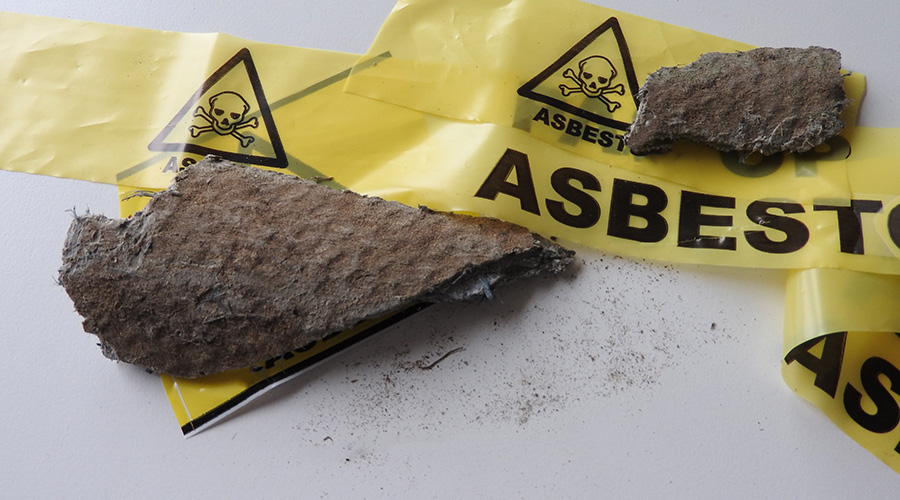Collaboration: The Key to Maintenance Management
OTHER PARTS OF THIS ARTICLEPt. 1: This Page
Collaborative is the best word I can think of to describe successful maintenance and engineering management these days.
Once, managers oversaw departments that toiled in relative obscurity, working out of sight and out of mind, largely detatched from other functions and departments in organizations. Technicians showed up when problems arose. Managers responded on the rare occasion that a top executive thought to ask a question about facility operations and maintenance. But as long as lights worked, rooms weren't too hot or too cold, and things didn't fall apart, managers and their staffs worked in relative isolation.
Today's scenario within facilities could not be more different. Computerized maintenance management systems have connected maintenance to many areas of facilities through increased data sharing. Managers also are more involved in organization-wide projects, including planning for new construction and retrofits.
So at this point, many managers have bought into greater collaboration. They've identified key players in their organizations, determined the most effective ways to work with these players, and established solid relationships. They know full well that this kind of strategic approach to team building and cooperation on their parts is essential if organizations are ever going to fully appreciate the role maintenance and engineering departments play in long-term success.
Now it's time for more managers to take the next step: strategic collaboration with those outside the organization. Once managers have built their in-house team, they can focus on building stronger, more formal relationships with those outside the organization with some a stake in its ongoing success and the resources to help.
Peers in other organizations are essential components of this effort. Outside the organization no group has a better understanding of the challenges and roadblocks managers face daily. They are in a unique position to offer managers guidance and suggestions in almost any situation.
Contractors, engineering firms and consultants that have worked with the organization, and maybe even directly with the maintenance and engineering department, can offer managers helpful perspectives on the way their facilities operate — and how they can improve.
Even manufacturers, especially those whose products have performed well and who have experience in a range of institutional and commercial facilities, can offer managers insights on products, technology and process that address specific maintenance and engineering needs.
Managers who can successfully build a team of outside advisers will have the ideal complement to their in-house team — and an even greater array of information, insights and ideas to contribute to their organizations' long-term performance and success.
Dan Hounsell offers observations about trends in maintenance and engineering management and the evolving role of managers in institutional and commercial facilities.
Agree? Disagree? Have something to say? We want to hear from you. Visit myfacilitiesnet.com/danhounsell, and “Start a Conversation.”
Related Topics:











